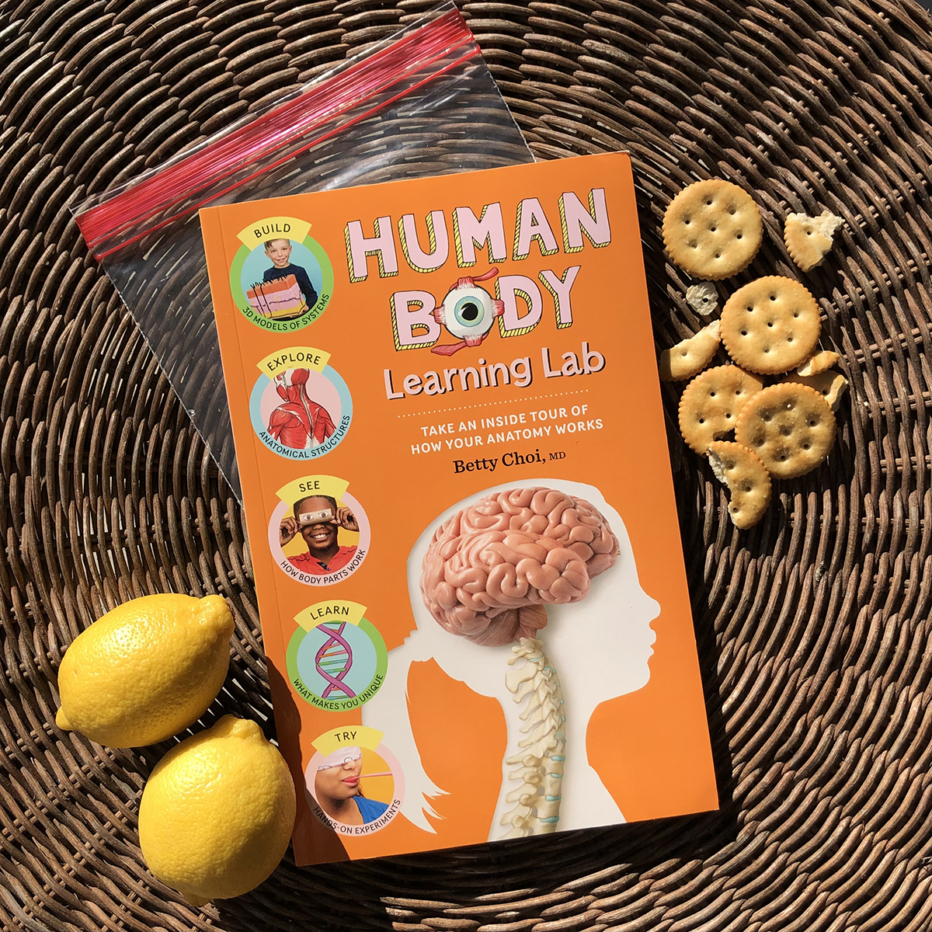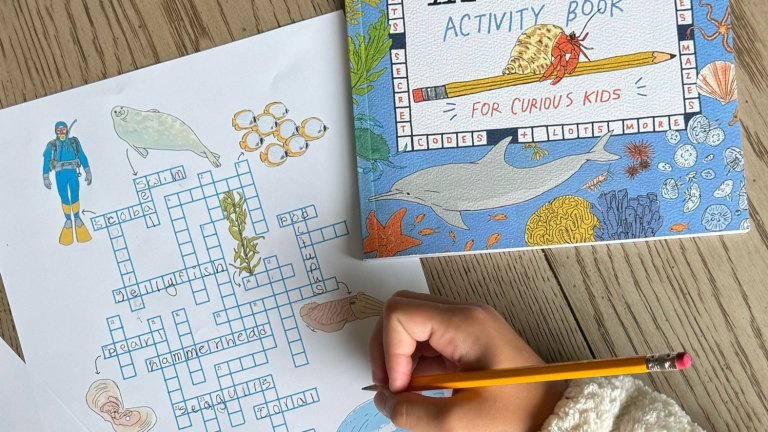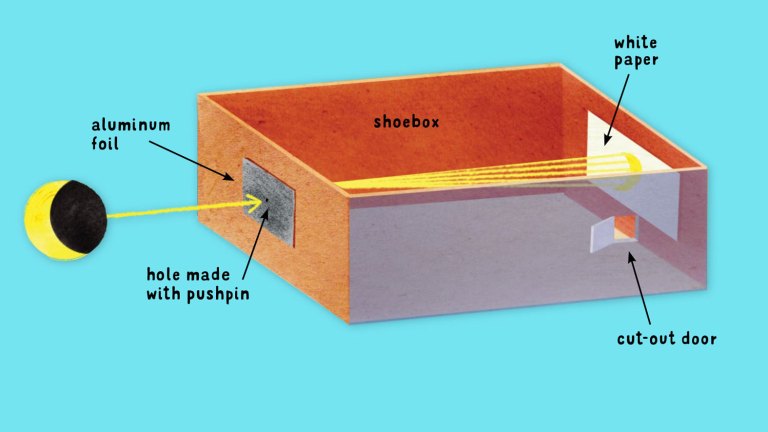Tube-to-Tummy Experiment: What Happens in Your Stomach?
Build and observe a model of your stomach in action with this fun activity from Human Body Learning Lab.
After food is squeezed down the esophagus, the first destination is the stomach. As stomach muscles churn, food mixes with a pool of strong acid and enzymes. Stomach acid is about as acidic as lemon juice. In this activity, we can watch food break down as it soaks in lemon juice.

Carbohydrates like crackers and fruit take only a couple of hours to break down, but fatty foods like avocado and protein-rich foods like beans take much longer. This is why you feel full for longer when you eat protein and fat compared to carbohydrates.
Materials:
- Plastic water bottle
- Snack-size ziplock plastic bag
- 2 tablespoons lemon juice
- Crackers
- Scissors
- Masking tape
- Permanent marker
Directions:
- Cut off the bottom of the plastic water bottle.

- Tape one end of the opening of the ziplock bag over the bottle’s neck. Label the bottle esophagus and the bag stomach. Then tape the bottle and the plastic bag securely to a vertical surface, like a wall, as shown in the photo in step 6.

- Carefully pour the lemon juice through the bottle and into the bag. This represents your stomach acid.
- Insert small pieces of crackers into the top of the bottle. You’ll have to break apart the crackers to make them fit, just like your teeth do so that your food can fit down your esophagus.
- Squeeze the bag, just like how the stomach grinds up food.
- Check every hour to see how sitting in the lemon juice changes the crackers.

Excerpted and adapted from Human Body Learning Lab © Betty Choi, MD.
Pediatrician Dr. Betty Choi invites kids ages 8 and up to explore the marvels of the human body with lively hands-on projects and activities, including shaping bones from salt dough, creating a moving model of the eyes, crafting a 3d skin model, making a blow-up model of how a bicep muscle contracts, tracing capillary action, and even setting up a working model of the urinary system to show how pee is produced.
Packed with colorful diagrams of how each major body system works, fun facts, and easy tests that kids can use to learn about and evaluate their own body functions—from touch sensitivity to colorblindness, taste perception, lung capacity and more—The Human Body Learning Lab makes biology more exciting and engaging than ever.











